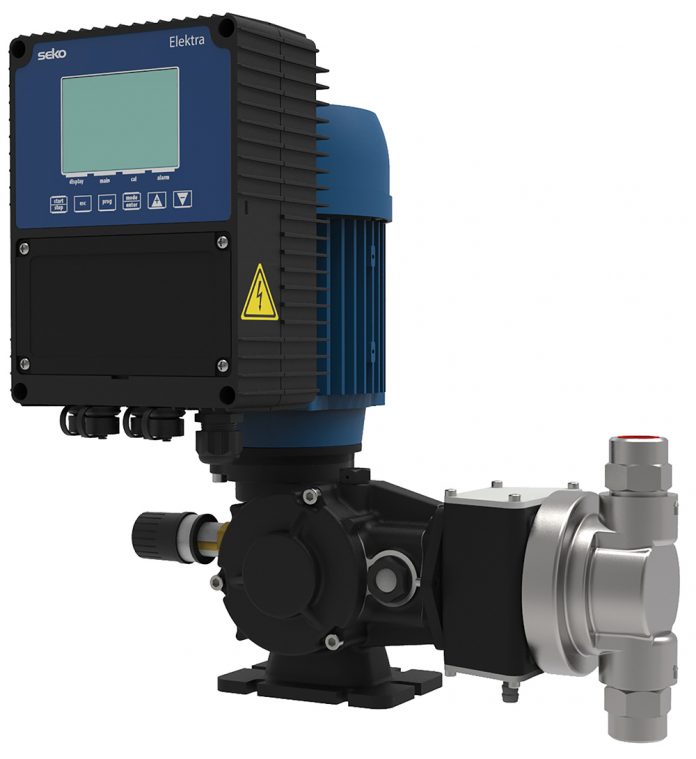How the Internet of Things is transforming water treatment.
As our most precious resource, water is essential for health, sanitation, industry, the environment and many other critical aspects of our lives.
Therefore, the global demand for water is astronomical, dominated by the agriculture sector which uses 70% of the world’s freshwater. Meanwhile, 52 billion cubic metres of freshwater per year is used in the energy industry’s cooling processes and 148,000 litres is required to produce a single car.
In 2015, the global fashion industry consumed 79 billion cubic metres of water during textile production – that’s enough to fill 32 million Olympic-sized swimming pools.
These and countless other demands on the world’s water supply leave less than 2% of it consumable, so with a growing global population, effective water and wastewater treatment are essential.
This means that water network operators worldwide face the challenge of maintaining continuous services to their customers, which as well as potable water supply includes the removal and treatment of wastewater.
The importance of these processes cannot be understated. For example, along with the serious environmental impact of incorrect effluent disposal, the penalty for such an offence includes an unlimited fine and imprisonment.
Until recently, effective water network management required teams of engineers to cover multiple sites. Not only did this result in heavy recruitment and training costs, it also meant considerable spending on travel and the associated environmental impact.
Now, the way operators manage water networks is changing as a result of the integration of cutting-edge Internet of Things (IoT) technology within their equipment. The only barrier is a functional Wi-Fi connection.
Water-treatment systems already contain various sensors and probes for the measurement of parameters such as flow, temperature and pressure, and IoT capability sees these sensors collect data and convey it via Wi-Fi, Bluetooth, satellite or wired connection to a gateway server. The data is then aggregated and sent to a cloud platform such as a webpage or app where it can be retrieved on demand via PC, laptop or smart device.
IoT communication can be unidirectional (send data only) or bidirectional (send and receive) depending on the level of control afforded to the user.
In wastewater treatment, IoT plays an invaluable role in the measurement of residual chemicals, with harvested data enabling operators to precisely track water quality and release effluent into waterways with confidence.
Meanwhile, live and historical data on demand allows engineers to continuously monitor consumption and make informed decisions regarding overall plant operation, with bidirectional communication enabling programmes to be set and adjusted remotely.
The ability to identify equipment anomalies immediately means operators can react quickly and take remedial action before system failure occurs, scheduling maintenance to prevent costly unplanned downtime as part of their asset management plan.
Remote connectivity gives technicians who are responsible for multiple sites the ability to manage all their installations remotely, significantly reducing the time and environmental impact of travel. As well as allowing water networks to use the resulting carbon reduction to evidence sustainable operations, engineers are able work to a hybrid pattern for improved productivity and work/life balance.
This technology is set to develop further as we see the emergence of edge computing – the analysis of data at source. When used in conjunction with device learning and a shared data ecosystem, learning can be pushed from a single device to multiple systems, informing programming adjustments across similar installations locally or nationally.
For the water-treatment industry of the future, edge computing could enable continuous improvement across the network, with learnings automatically implemented on multiple sites for unprecedented operational efficiency.



